Welcome to this week’s edition of TIME LightBox Follow Friday, a series where we feature the work of photographers using Instagram in new, interesting and engaging ways. Each week we will introduce you to the person behind the feed through his or her pictures and an interview with the photographer.
This week on #LightBoxFF, we speak to commercial and editorial photographer Jeff Riedel, (@jeff_riedel_polariods) whose meticulous approach to photography has not only landed his work on the pages of GQ, Vanity Fair, Rolling Stone and Vogue, but has also helped him accumulate a massive collection of Polaroids, which he has used for years to test and fine-tune variables during shoots and is now posting to his Instagram feed.
LightBox: Why do you use Polaroids in your work?
JR: I don’t shoot a lot of Polaroids on my shoots these days – usually just a few per setup. There’s often time constraints that make it hard to spend a lot of time with the Polaroid camera, but more than that there isn’t any decent instant film on the market any more – the Fuji FP-100 is all that is left, and I’m not certain that even that’s going to be available for much longer. I can’t say that I love the way it looks – it’s more “real” or accurate looking and it doesn’t have that magical painterly look that the old Polaroid Type 669 and Type 59 had. There isn’t any black-and-white instant film in production and available at all anymore, which is quite sad. I’m currently using an old modified Polaroid 600 SE camera. Sometimes I give one or two away but I guard them pretty carefully. But they’re not as precious as they used to be to me back in the day when we were all shooting with film and had access to the good stuff. Back then I had a routine with the Polaroid where I essentially didn’t even use a light meter – I knew what the light on any given scene was going to give me and I used the Polaroid essentially as my meter reading. I’d often have my printers work very hard to match my contact sheets with the look of the Polaroids from the shoot, which would often involve a little flashing and manipulation in the enlarger. Those days are gone.
LightBox: Why did you start using Instagram, and how has your use of it changed since your first post?
JR: I jumped into Instagram a little on the late side, just over a year ago. In the beginning it felt like just a fun photographic social network novelty – just a way to show friends something cool and interesting about wherever it was that we were at any given moment. I have two feeds on Instagram – one is more for that kind of thing – grabbing pictures with the iPhone while moving around from place to place to share with friends and followers.
Then I have my polaroid feed, and the idea behind it has always been fairly straight forward. I’ve been shooting for a decade and a half or more and it’s only been over the last few years that I’ve fully surrendered to digital photography and stopped shooting assignments and jobs with film completely, so I have a collection of nearly 15 years-worth of Polaroids from all my shoots. I never threw them away – I’ve kept them all for the most part, so we’re talking about thousands and thousands of Polaroids. I always felt like there would be an opportunity to do something with them at some point. Each one is its own unique one-off from a moment when I had a camera to my eye. My parents bought me a Polaroid camera for one Christmas when I was a kid and I was obsessed with it, putting little Polaroid books together – this miraculous chemical process that produced a picture that you could hold in your hand just seconds after you shot it.
LightBox: Do you use any of Instagram’s filters or toning features?
JR: I don’t ever use filters on Instagram or other software for my polaroid feed – a straight scan usually gets the job done pretty well. I try not to alter the character of the Polaroids at all – I leave in the streaks and all the spots and air bubbles etc. It is what it is. On my other Instagram feed, I do tend to use one particular filter in an old version of Camera Bag called Instant. It simulates, to an extent, the color treatment from a Polaroid SX-70 – I’ve always been in love with SX-70 Polaroids. I don’t use the Instagram filters at all; they’re actually not very good. They’re too broad and far reaching. It would be better to be able to make more precise and subtle adjustments to pictures that don’t change the entire character of the photograph – much more in keeping with traditional printing with an enlarger – color, contrast etc.
LightBox: What is the purpose of your feed? What does Instagram provide for you, that other platforms don’t?
JR: Instagram has become the perfect vehicle for showing these instant pictures to whoever is interested. When you’re a photographer you have a website, you have some printed portfolios, you might have an exhibition or publish a book. But it’s all somewhat narrowly focused. I’ve been fairly prolific over the span of my career and there are so many hundreds of images that just would not find a place in any of the different places where my work is available to be viewed. Instagram is allowing me to show some of this work that would otherwise remain in boxes on a shelf. The difficulty is trying to keep up with all the various accounts that I have, both on Tumblr and Instagram.
I wasn’t sure how I felt about the necessity of participating in social media when I first started posting images on Instagram. I think my first reaction was frustration over how rapidly changes were taking place in the photography and art world that were becoming less and less connected to the more drawn-out and personal process of artists building relationships with editors and art directors based upon a more protracted period of big successes in published and commissioned work etc. But these changes are not only interesting from a sociological and business standpoint, the fact is that this is a new objective reality. Shooting film, or in my case continuing to shoot Polaroids feels increasingly anachronistic. It doesn’t necessarily mean that one should stop doing it, it just means that it’s taking place in a different context and in a changed world.
Jeff Riedel is a commercial and editorial photographer based in New York and Los Angeles
Natalie Matutschovsky is a senior photo editor for TIME
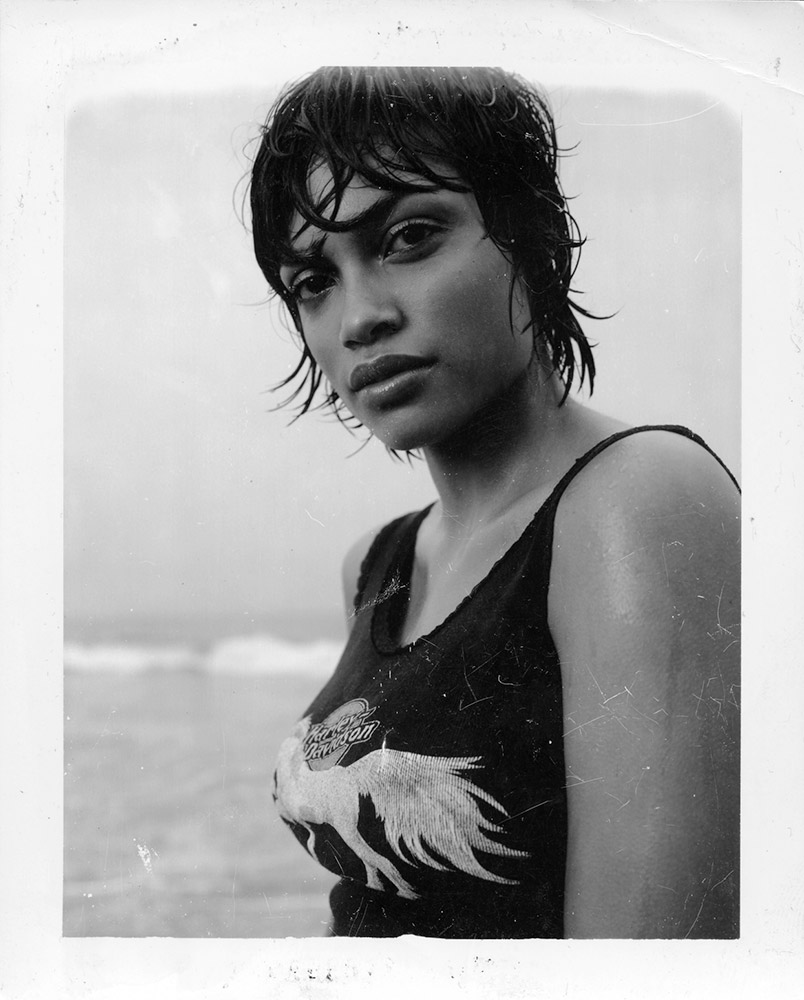
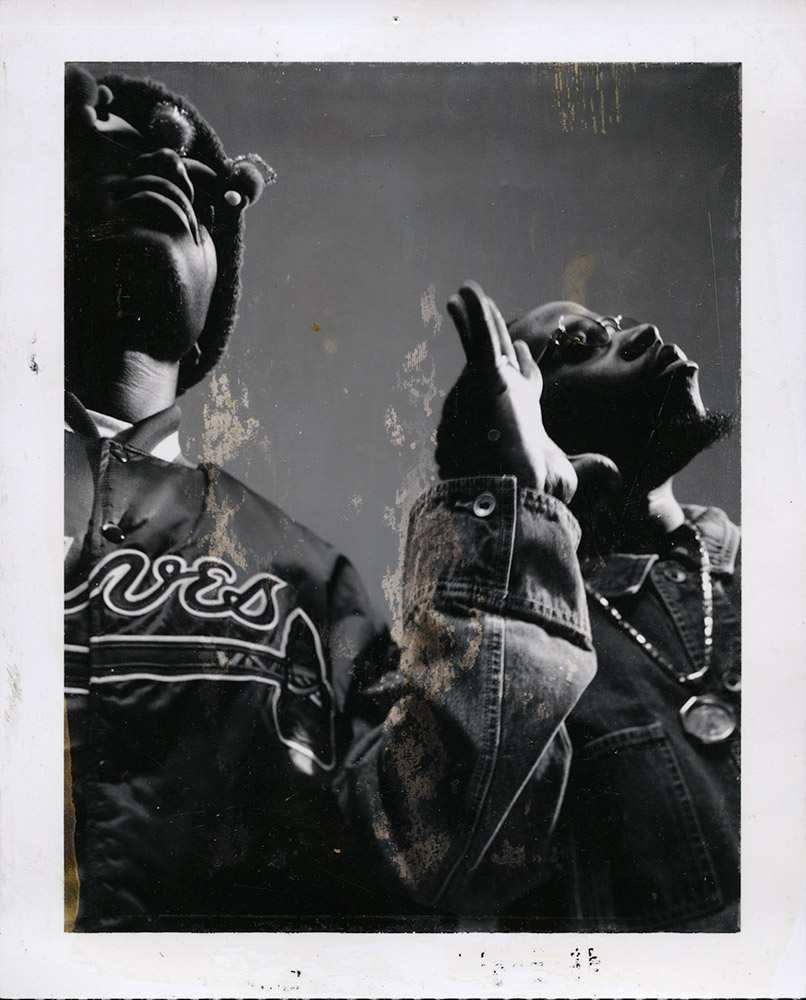
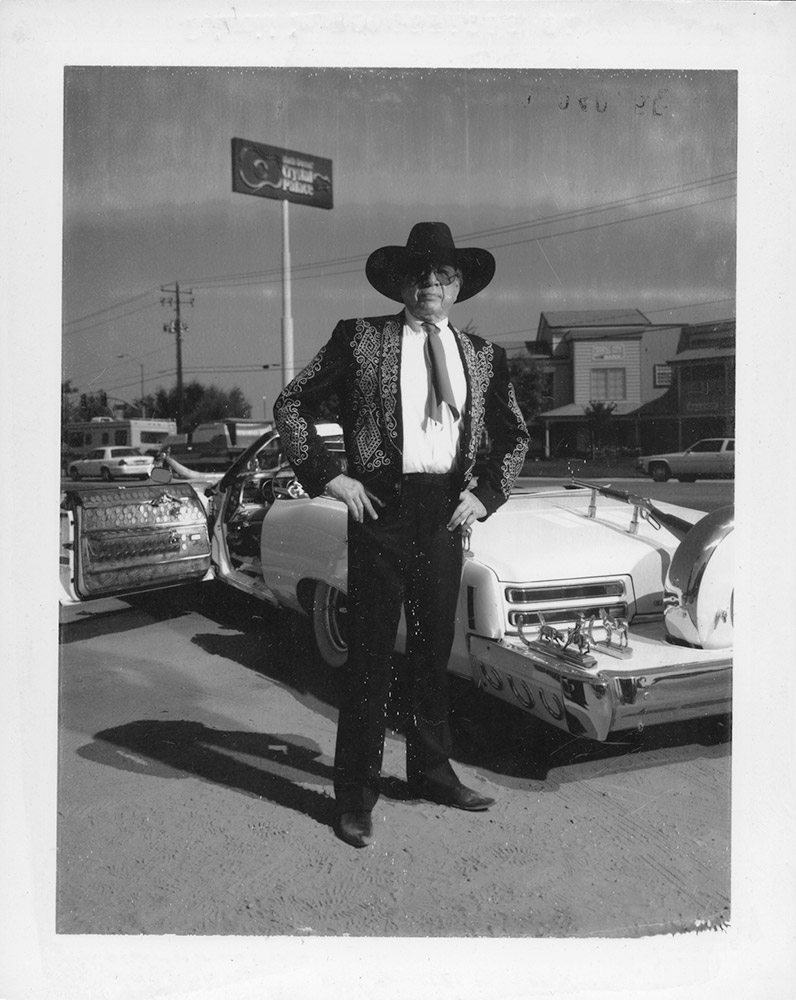
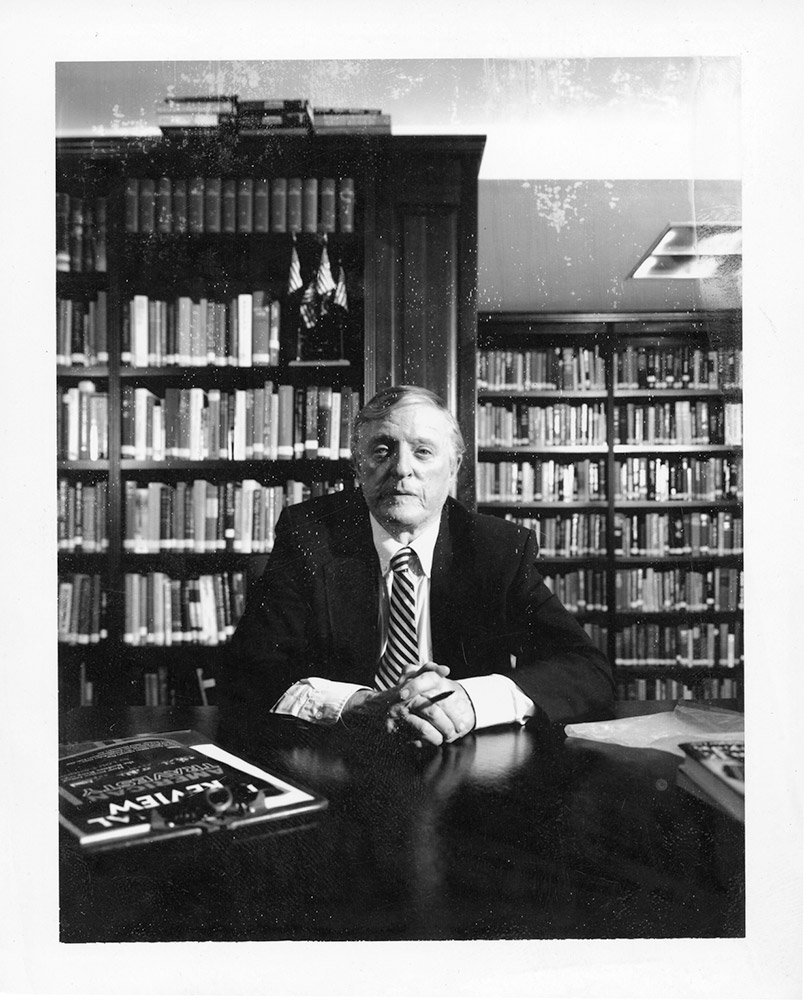

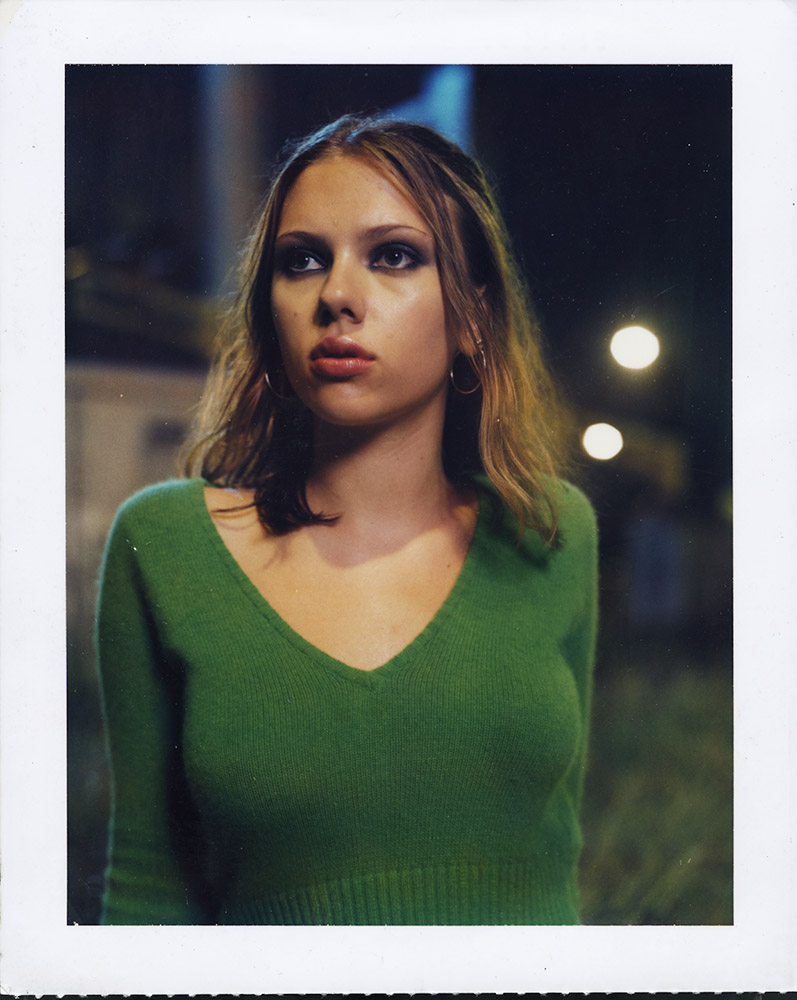
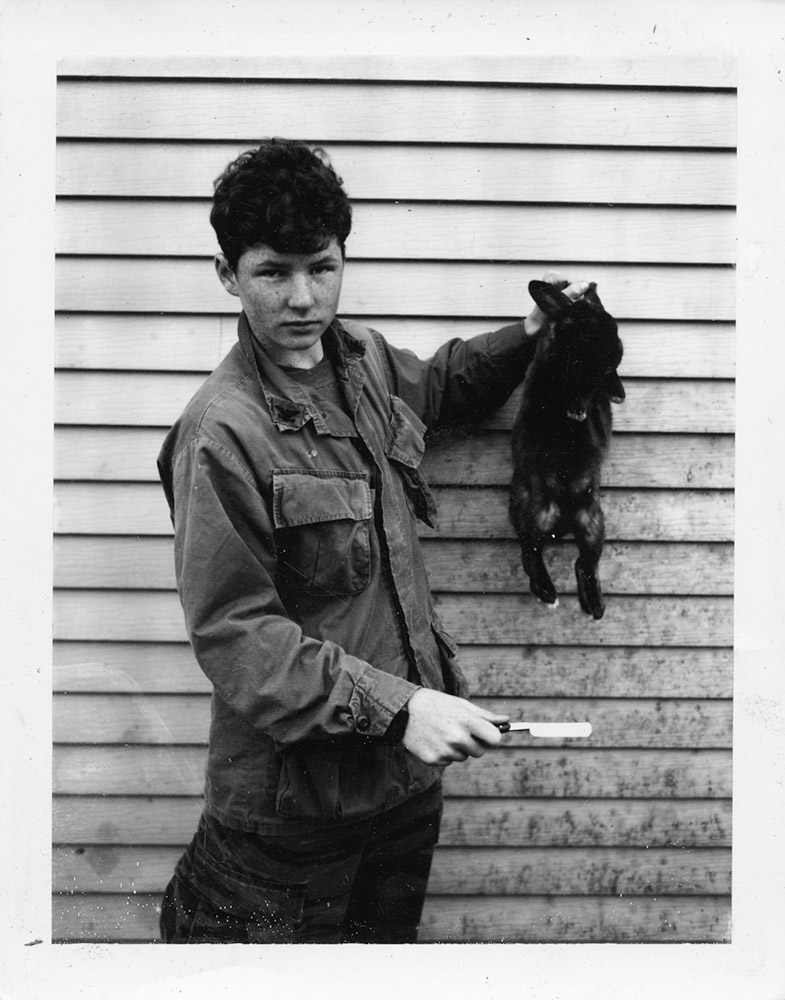
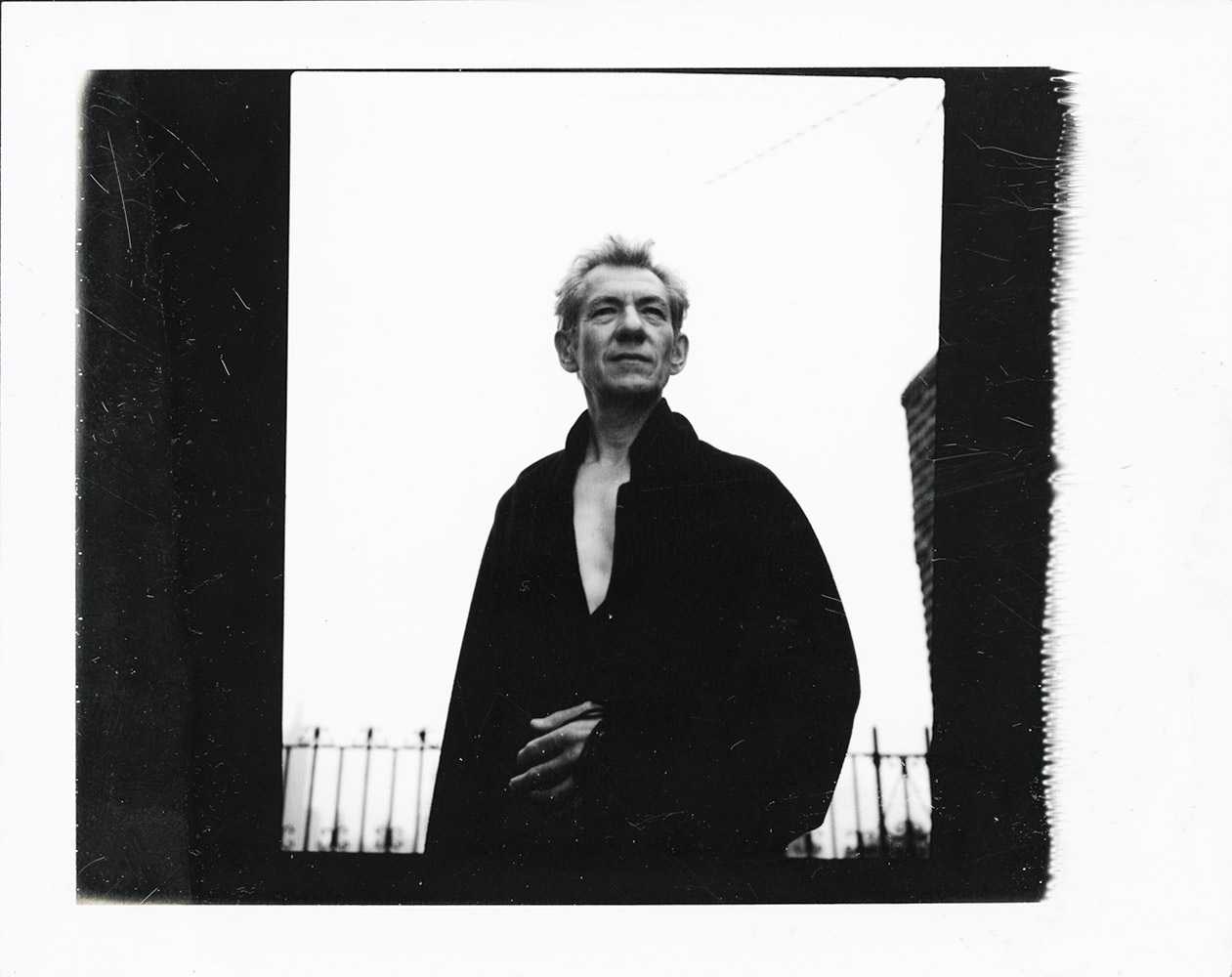
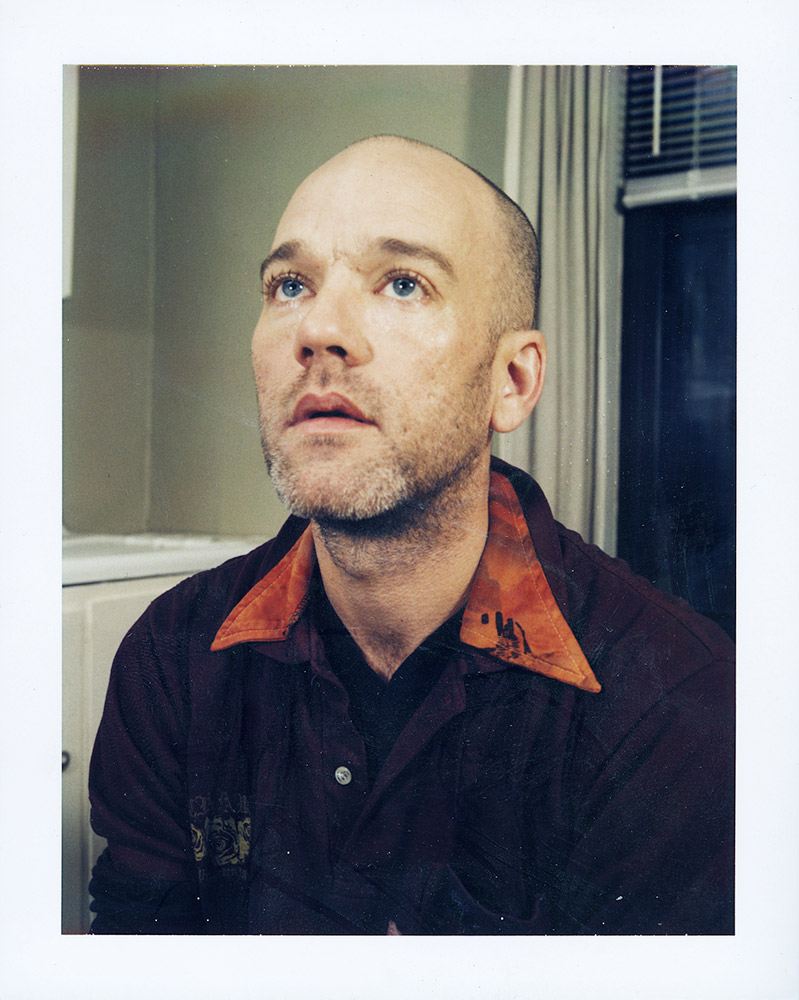

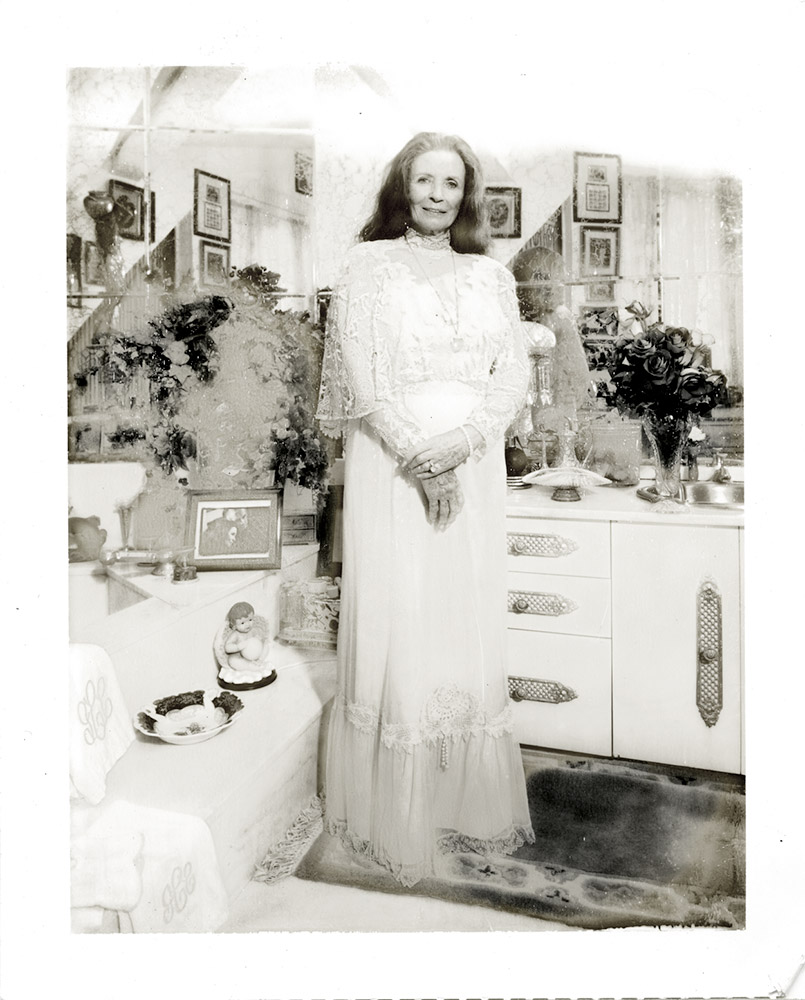






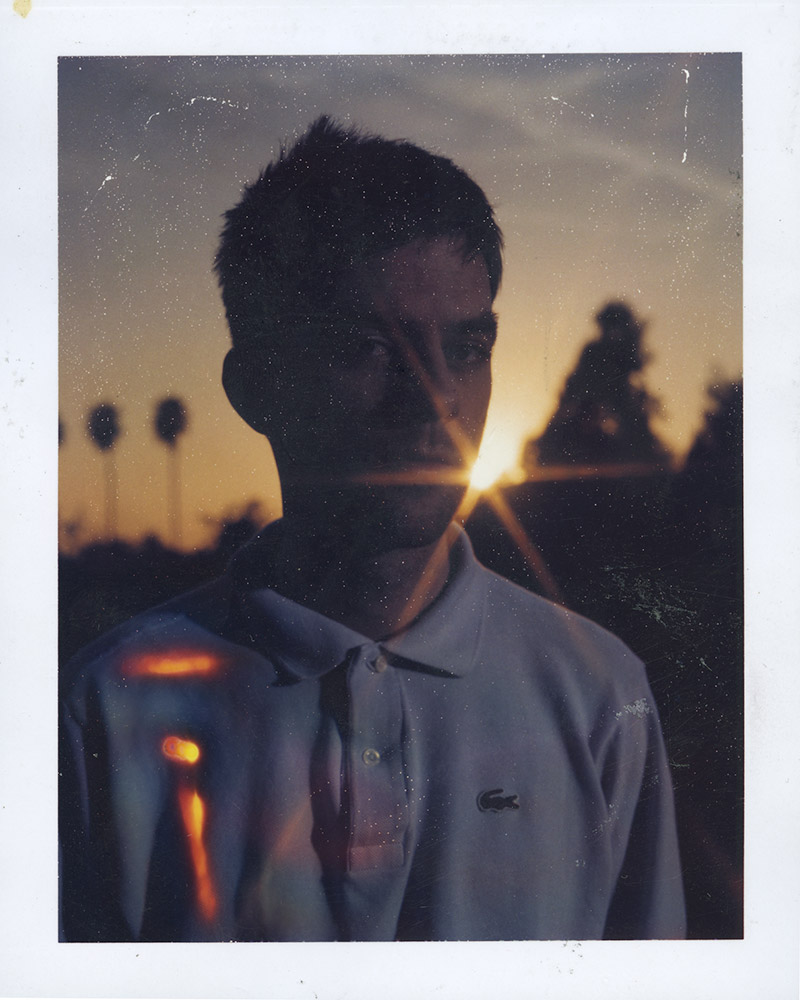
More Must-Reads From TIME
- The 100 Most Influential People of 2024
- Coco Gauff Is Playing for Herself Now
- Scenes From Pro-Palestinian Encampments Across U.S. Universities
- 6 Compliments That Land Every Time
- If You're Dating Right Now , You're Brave: Column
- The AI That Could Heal a Divided Internet
- Fallout Is a Brilliant Model for the Future of Video Game Adaptations
- Want Weekly Recs on What to Watch, Read, and More? Sign Up for Worth Your Time
Contact us at letters@time.com